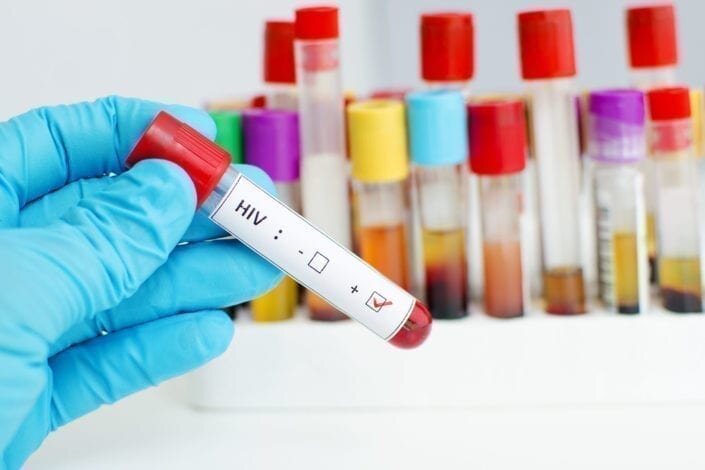Coronavirus reduces AIDS diagnosis, treatment

TEHRAN – The COVID-19 pandemic has affected the identification and treatment of HIV patients in Iran so that we could not control HIV properly and the identification of these patients has decreased, Mohammad Mehdi Gooya, head of the diseases management center of the Ministry of Health, said.
“AIDS care programs have not been established in health care centers around the world due to policies related to COVID-19, while by timely identification and treatment of patients with HIV and AIDS, these people can live longer lives.
We must intensify educational and information programs and provide medical and diagnostic facilities for this disease, as well as the necessary tests for people living with AIDS and HIV infection,” he explained.
There are an estimated 54,850 people living with HIV in the country, while 42,933 cases of this infection identified.The Fifth AIDS Strategy Plan has been developed in the country and the final stages of approval are underway. All the organizations that prepared this plan must implement it with full support in order to achieve good results.
“We have prepared a one-month program to fight AIDS, and have maximized education and information, and we try to identify infected people and take basic measures as soon as possible,” he added.
In the past month, about 60,000 tests have been conducted across the country with high-risk behaviors, he stated, IRNA reported on Monday.
Currently, there are an estimated 54,850 people living with HIV in the country, and we have identified 42,933 cases of this infection, and so far 20,284 people have lost their lives, and 6,885 people have not yet been referred to the treatment centers, he lamented.
Also, 22,684 people living with HIV are now alive and 15,800 are being treated, 14,000 of whom have been successfully treated, he added.
HIV prevalence in the world
The human immunodeficiency viruses are two species of Lentivirus that cause HIV infection and over time acquired immunodeficiency syndrome. AIDS is a condition in humans in which progressive failure of the immune system allows life-threatening opportunistic infections and cancers to thrive.
Since the beginning of the epidemic, 75 million people have been infected with the HIV virus and about 32 million people have died of HIV.
Globally, 37.9 million people were living with HIV at the end of 2018. An estimated 0.8% [0.6-0.9%] of adults aged 15–49 years worldwide are living with HIV, although the burden of the epidemic continues to vary considerably between countries and regions.
The WHO African region remains most severely affected, with nearly 1 in every 25 adults (3.9%) living with HIV and accounting for more than two-thirds of the people living with HIV worldwide.
FB/MG
